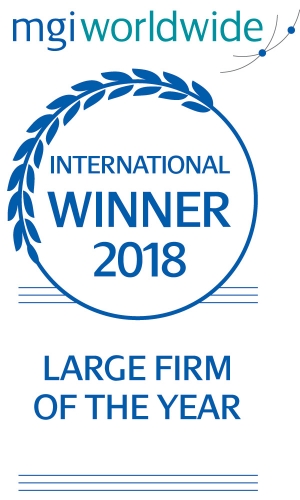Fraud Prevention Best Practices
by Michael Ploskonka, CPA, CFE | Selden Fox
Occupational fraud is very costly. According to the 2018 Report to the Nations on Occupational Fraud and Abuse, a median loss per reported case was $130,000, and a typical organization can lose five percent of its annual revenues to fraud.
While no anti-fraud system is infallible, there are steps that can reduce the risk of fraud in your organization. For example:
- Set up “hotlines” and incident reporting systems for use by employees and third parties. Tips are by far the most effective detection method at 40% of cases – more than internal audit (15%) and management review (13%) combined. Approximately 53% of tips were received from the employees of the victim organization, 21% by customers and 14% were anonymous. Consider offering awards for tips leading to a successful resolution of a problem.
- Evaluate and improve anti-fraud internal controls and management review programs. Internal control weaknesses were responsible for nearly half of frauds. Keep in mind that asset misappropriation is the most frequent form of occupational fraud (89% of cases) while financial statement fraud results in the highest losses ($800,000 per case).
- Hire and promote trustworthy people. Do background checks before hiring and implement ongoing performance reviews and promotion procedures. Fraudsters who had been with their company more than five years stole twice as much as those with less than five years’ tenue.
- Protect computer systems by implementing security and staff access controls. Consider implementing proactive data monitoring.
- Create a positive work environment by implementing a code of conduct and emphasizing ethics. Implement fraud awareness training programs that communicate expected moral behavior to staff members. Implement job rotation and mandatory vacation.
- Have a fraud risk assessment study performed by an experienced professional (preferably someone with experience in enterprise risk management, internal controls, or internal/external audits).
- Consider your size in the effort to prevent fraud and abuse. Small businesses typically have fewer anti-fraud controls than larger organizations, making them more vulnerable to fraud. As a result, small business (i.e., organizations with less than 100 employees) lose almost twice as much per scheme than larger organizations (median loss of $200,000 versus $104,000).
Contact Us
The above recommendations should be a considered an investment for the long-term security and future success and longevity of your organization. Understanding where your greatest vulnerabilities may exist can help you decide what investments would be best to minimize your risk. If you have questions about how to reduce the risk of fraud in your organization, Selden Fox can help. For additional information please call us at 630.954.1400 or contact us directly.


 As a member of the Selden Fox Auditing and Assurance Group, Michael conducts independent reviews of financial statements and audit reports prepared by the firm for a variety of clients. He also monitors and develops procedures to minimize high-risk areas for the firm’s clients.
As a member of the Selden Fox Auditing and Assurance Group, Michael conducts independent reviews of financial statements and audit reports prepared by the firm for a variety of clients. He also monitors and develops procedures to minimize high-risk areas for the firm’s clients.



